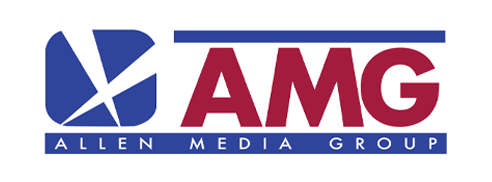
20 Jun AdAge: Deal is VideoAmp’s first as a primary currency and provides exposure to Allen’s wide range of advertisers
VideoAmp has signed a 10-year agreement with Allen Media Group to serve as the media company’s primary trading currency, a first for the Nielsen rival, which is offered as an alternative currency across other major network groups but not the primary option.
The deal, announced at the Cannes Lions International Festival of Creativity, is the first in which a network is using VideoAmp as a primary trading currency for TV. The privately held Allen Media Group, while small compared to the big five TV network and streaming companies, is the biggest Black-owned media company, led by The Weather Channel. Its smaller cable and streaming properties include TheGrio, HBCU Go, Court TV and Pets.tv.
“This is the first public thing coming out that’s not using the word ‘alternative,’” said Ross McCray, co-founder and CEO of VideoAmp. “That’s kind of cool, and we’re obviously excited.”
Allen Media CEO Byron Allen has been a high-profile presence in media, in part because of his lawsuits against McDonald’s, which alleges the fast-food restaurant giant has discriminated against his company and failed to live up to promises to spend more on Black-owned media; McDonald’s denies these claims. He’s also threatened to sue other advertisers and has two pending lawsuits against Nielsen, alleging misrepresentation; Nielsen has denied the allegations.
Also read: How big brands are spending on Black-owned media
Allen Media Group has attracted a broad swath of advertisers, with more than 500 brands having aired ads on The Weather Channel alone last year, per iSpot.tv. As more advertisers commit to spending on Black-owned media, The Weather Channel’s estimated revenue was up 11% last year per data from Vivvix; and a person familiar with the business said it was up even more than that.
The breadth of Allen’s business and decision to use VideoAmp as the primary trading currency should broaden VideoAmp’s exposure as a deal currency with a larger array of advertisers. “That’s part of why we’re excited,” McCray said.
But he also sees the deal as further validation that VideoAmp’s measurement can fairly represent the diversity of the U.S. audience, following the company’s announcement last year that it would be a currency for TelevisaUnivision.
“When you have these DEI initiatives and large corporations making commitments of media dollars toward minority-owned media, you need to have the validity that measurement companies can measure diverse audiences,” McCray said. “I think this is going to drive more buy-side adoption for VideoAmp.”
Allen said Nielsen’s measurement issues in recent years, some of which factored into the lawsuits, played a role in his decision to go with VideoAmp. He also cited criticism of Nielsen by Kelly Abcarian, executive VP of measurement and impact at NBCU, regarding Nielsen’s recent need to revise measurement of the Super Bowl and issues with undercounting audiences during the pandemic that led to its loss of Media Rating Council accreditation for 19 months.
“You’ve seen the horror movie,” Allen said. “I’m not just trying to star in that horror movie anymore.”
The fact that VideoAmp is widely used for planning by holding company media agencies even when they buy TV on Nielsen data, also figured into Allen’s decision, since he assumes the agencies know what they’re doing, he said.

 Read the full article here.
Read the full article here.
